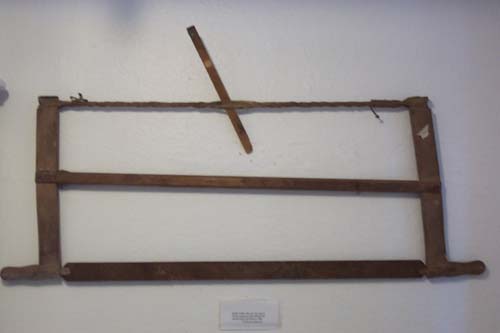The Inuit call it an Unak. It was used for spearing seals.
courtesy Tony Andersen
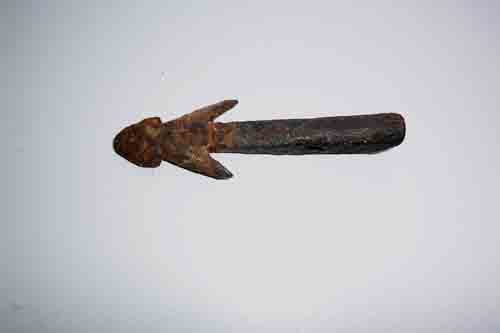
This is over 100 years old, and is made of sealskin.
courtesy Hubert Groves
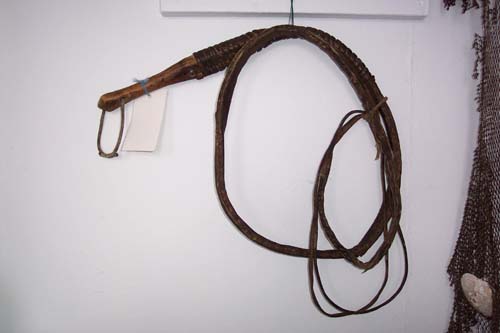
An old-fashioned anchor. These were used to moor off nets. A large rock was used for its weight.
courtesy John Winters
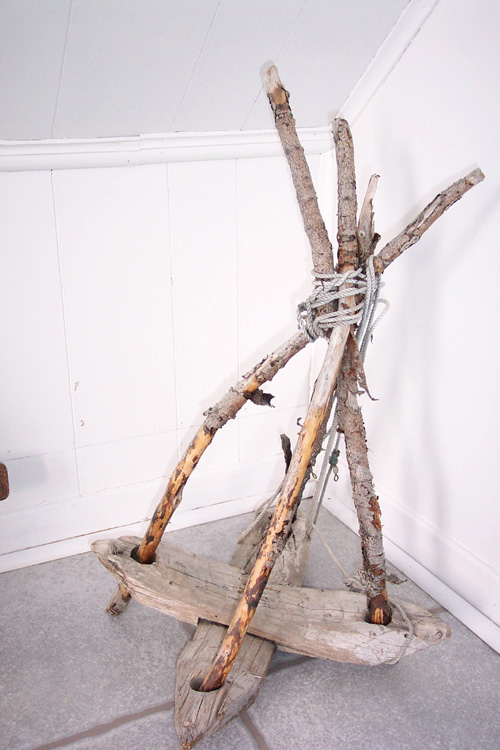
This bobber is made out of cork and rope. It could have also been used as a bumper for a boat.
courtesy John Winters
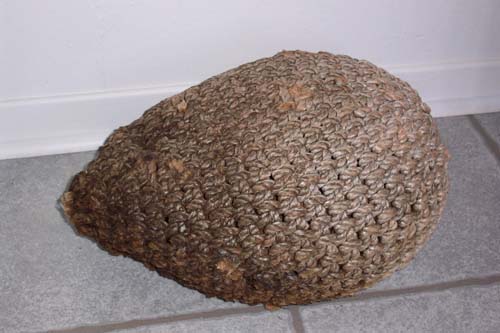
This plane is about 100 years old.
courtesy Peter Winters
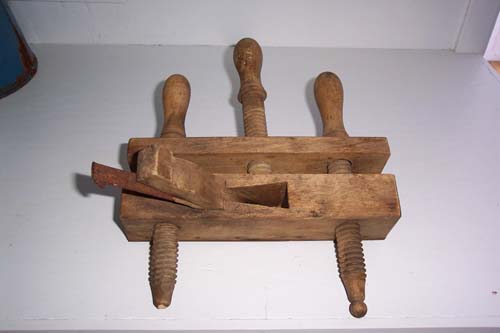
Once belonged to Bill Oliver and was used for carrying gun powder.
courtesy Hubert Groves
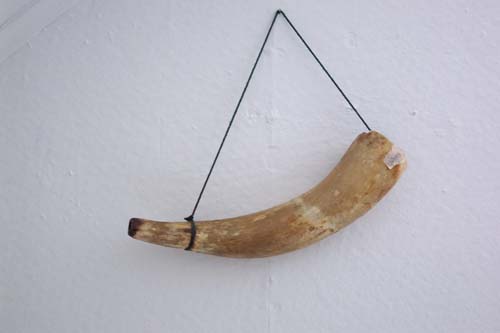
This plane was used for cutting grooves in wood, such as in the making of moldings.
courtesy Peter Winters

This was used for measuring how much shot and powder was needed to put into a cartridge.
courtesy Hubert Groves
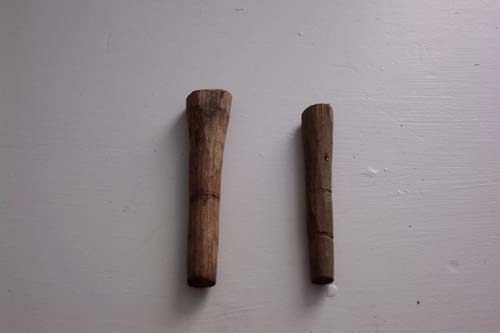
This plane is about 100 years old.
courtesy Peter Winters
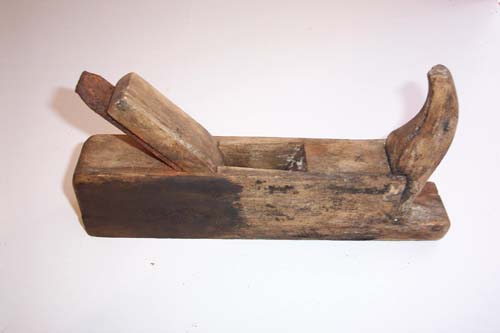
This was used to measure out shot to put into a cartridge.
courtesy Hubert Groves
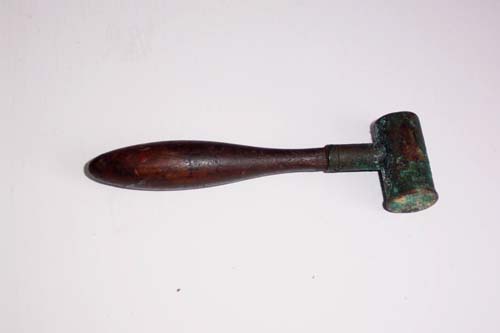
This saw was used by German carpenters who built Makkovik's first mission house in 1896.
courtesy Jim Andersen Sr.
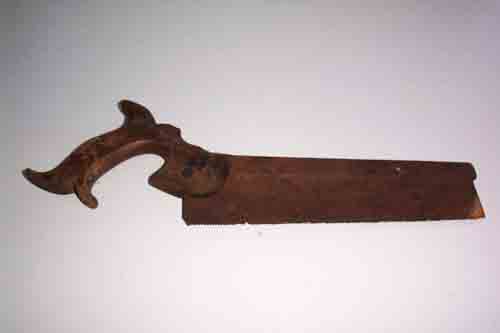
This spoon was used for pouring hot lead into molds, such as a nail mold in an anvil.
courtesy Jim Andersen Sr.
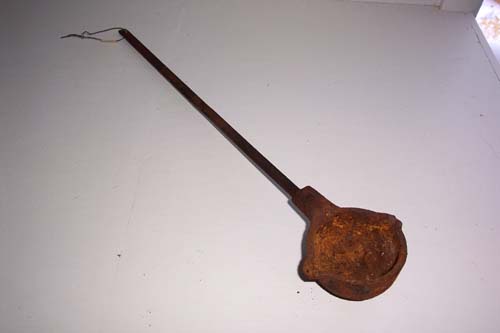
This was used to retrieve birds that had been killed over water, usually in a lake or river. It was sometimes baited and used to catch young gulls or tickle-asses for food.
courtesy Jim Andersen Sr.
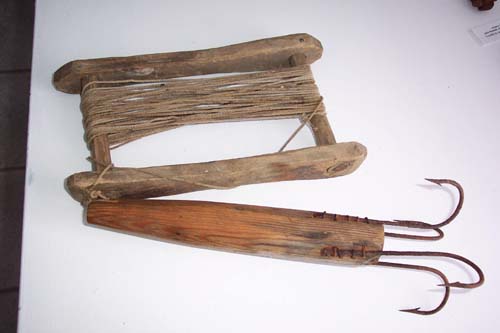
This was often referred to as a Vale trap. Vale was the brand name. Leg hold traps, such as this one, are banned today. They are replaced by the more humane Conibear traps.
courtesy Hubert Groves
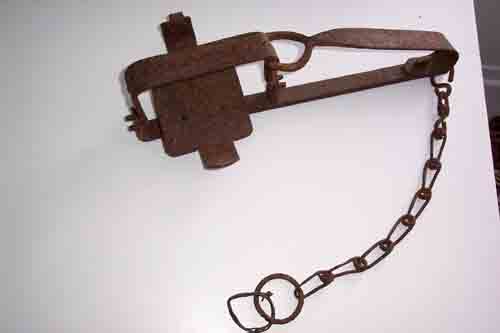
This is an old knife that dates back to the 1800's.
courtesy Annie Evans
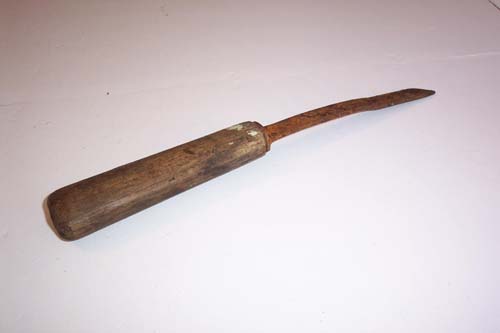
This saw was used by German carpenters who built the first mission house and church in 1896.
courtesy Jim Andersen Sr.
